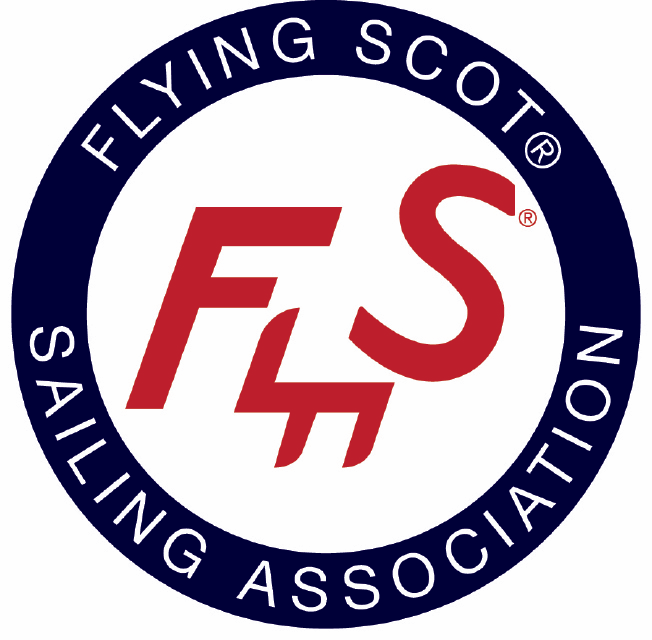JIb top batten girth measurement
under the Owning section of the web site there is a mast rake subject wher bigpapaporche offers advice and says that to determine a the difference between a loose jib, snug jib and tight jib one should look at the top batten girth and gives a rough variation with the extremes at 35 inches and 40 inches.
The updated 2008 handbook has rule 82 ( electronic copy on the FSSA web) that lists this as a maximum 32and 3/4 inch dimension as measured perpendicular to the luff. Perhaps bidpapa measured perpendicular to the leach, nevertheless the wide variation in dimensions is of concern. Rule 82 grandfathers in this dimensions for jibs made prior to 2000.
The same handbook also has a sail measurement form on page 38. This form has NOT been updated to include the top batten girth measurement. I hope that this is just an oversight and that indeed the top batten girth is acually being measured when the sails are measured.

sawyerspadre
Fri, 01/23/2009 - 13:23
Permalink
It seems like he is measuring the line which would extend the ba
It seems like he is measuring the line which would extend the batten to the luff. The key word being parallel. The measurement to which you refer in CMR 82 is perpendicular to the luff, which is less distance.
"The jib measurement is very important in determining which Rig your boat is designed for, IE Loose, Snug, or Tight. To find this measurement simply measure across the jib's width, parallel, and at the top batten."
Phil Scheetz
FS 4086
karafiath
Fri, 01/23/2009 - 18:45
Permalink
Gentlemen.
Gentlemen. I think that you miss the point. This is supposed to be a one design class. Why is there a such a large variation in the shape of the jib? Why is it allowed? The main has strict mod girth measurements
G.K. FS 3512
sawyerspadre
Sun, 01/25/2009 - 06:00
Permalink
My point was that measurement in CMR 82 and the dimension bigpap
My point was that measurement in CMR 82 and the dimension bigpapaporsche is stating are not measuring the same thing. That we have variations is sails is not surprising. The CMR over the years have served to constrain interpretations of the measurement rules.
The only way to have identical sails for all boats, and all boats identical would be to have one hull builder, one approved sailmaker, and a rigidly defined set of standing and running rigging.
Without the interested input of sailmakers over the years and the hotshot sailors who like to tweak the running rigging, within the rules, the Scot class would be a very different animal, like a frozen caveman. The class and it's sails and rigging have stayed modern. New and used boat sales and new class member recruitment are all aided by the improvements which have been made. I doubt Harry would sell many new boats if they all had the original winches and cleats of 1957.
The pattern seems to be to allow small improvements in running rigging, which may make the boat easier to sail, as long as they do not provide a speed advantage, or create a safety hazard. The other guiding principal seems to be to keep the boat accessible to a wide range of athletic and not-very athletic sailors and to curb costly equipment arms races.
Bob Neff has done a great job of limiting the evolution of the rigging, and keeping the sails legal and fair. CMR 82 is a good example of a clarification of the rules that kept designs that could have strayed far from the one-design nature of the boat, in check.
By the way, does anyone know if that range of 35 to 40" measured in the way that was stated is actually correct and does it correspond to the different rig tensions? It is the first time I have seen those measurements.
Phil Scheetz
FS 4086
jy781
Fri, 01/30/2009 - 07:01
Permalink
What is the correct way to measure the jib for the rig setting?
What is the correct way to measure the jib for the rig setting?
I've seen parellel to the top batten, along the top seem, prependicular to the luff & leach.
We've been frostbiting FS' on the South shore of LI this season and there's been a noticable difference in the boats, most of us didn't realize there were different rig settings,this snug/loose/tight rig info has generated some real interest.
Thanks!